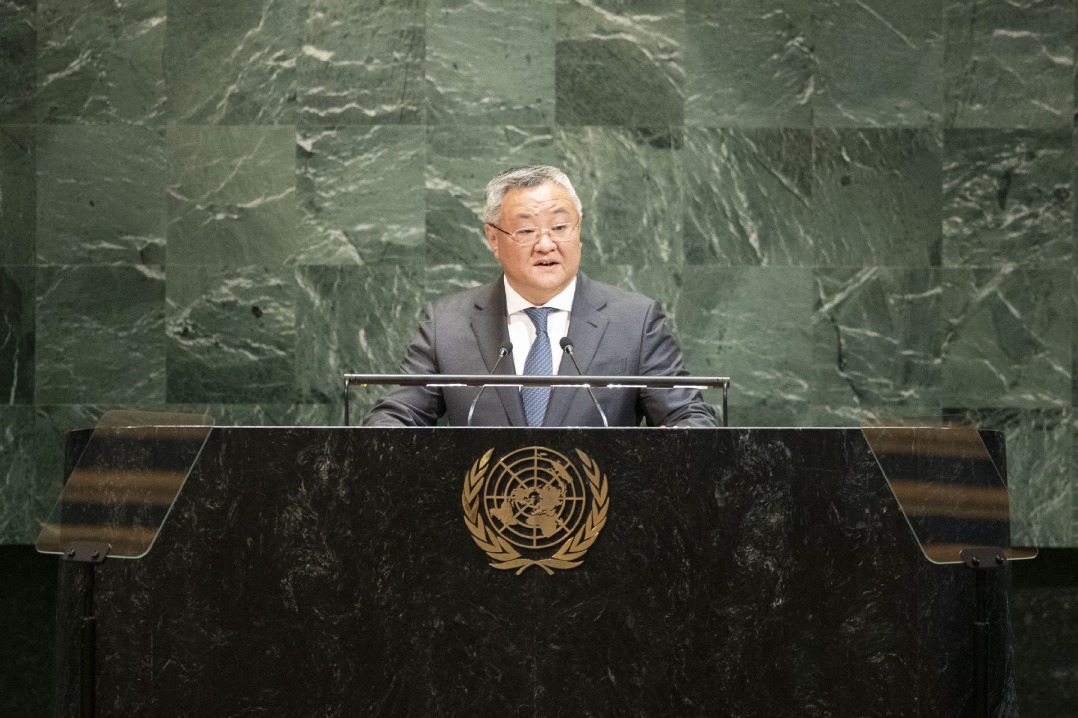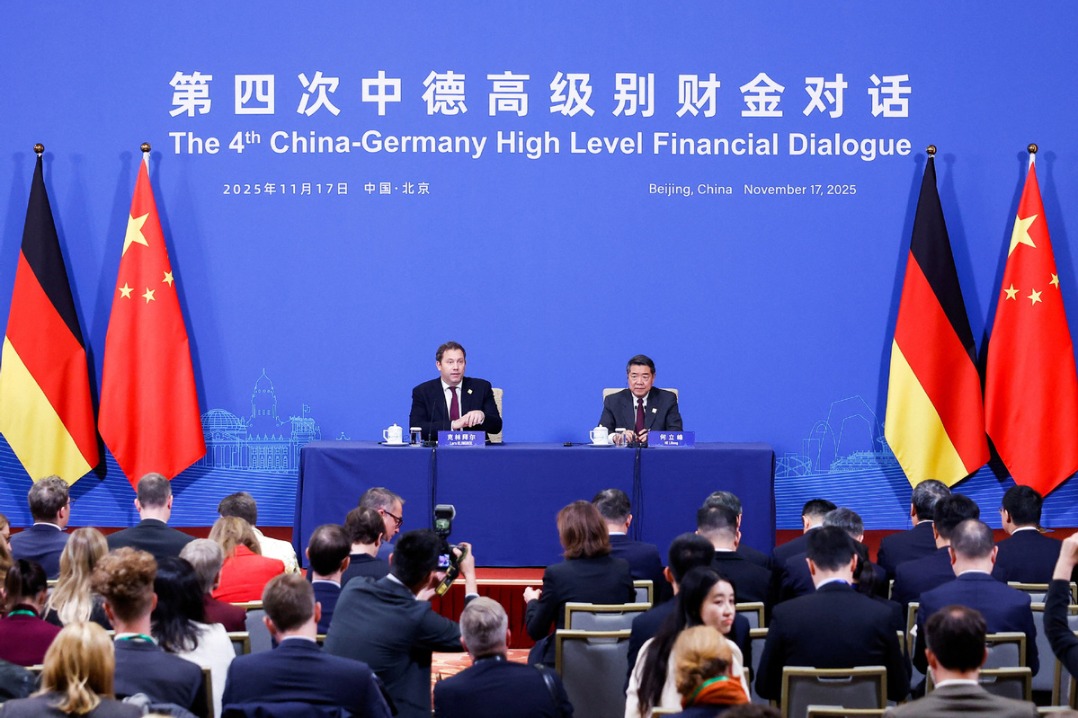Report shows brands in nation reviewing digital marketing
By HE WEI in Shanghai | China Daily | Updated: 2022-03-29 09:24

Foreign brands are likely to be more conscious of return on investment-ROI-while finalizing their digital marketing budgets in China, according to a report from Totem, a marketing and data agency.
Traditional media investments, notably in television and out-of-home (OOH) advertising, are likely to triple this year, thanks to a "rebalancing" effort for what is perceived as overheating in digital channel investment, Totem said in its study titled 2022 China Marketing and Media Review.
Despite audience time being skewed toward digital media, print and radio shall also see some gains this year, especially in lower-tier cities, where this type of "local" media has retained more value.
This is the seventh year that Totem released its annual study. For the 2022 edition, the agency spoke to senior marketing professionals from nearly 90 medium to large international brands on their perceptions toward marketing in China.
Chris Baker, founder of Totem and key author of the report, said that unlike in many other countries, the digital medium already sits at the center of all advertising planning in China. Yet, it has reached a point of "over-investment".
"In the past few years, digital marketing inflation has been super high… Marketers are now trying to be practical and not over-invest," said Baker, explaining the rationale behind the reshuffle and what the tilt toward traditional media means. "It's not a total migration (from digital to traditional), but a revision to the mean to (balance out) the overinvestment."
Totem's brand survey indicated that overall marketing spending will continue to increase in 2022, with average increases in the range of 10 percent. The projected rates of increase have been dropping for the last several years. For instance, in 2019, average increases were above 20 percent.
Survey results showed that marketing leaders are hedging their bets and trying to gain more efficiencies with their spending. For instance, more than 23 percent of respondents cited "sales conversion" as the top priority for marketing goals this year. That number was 19 percent last year.
In a similar vein, repeat purchase rate came in as second, with 21.3 percent saying they keep an eye on customer loyalty. That was also up from 18 percent the previous year.
In terms of media formats, 19 percent said they would decrease the use of influencers, and 17 percent said they will cut short video promotions. Meanwhile, more budgets are perceived to flow to either more future-like media like gaming or metaverse-related channels, or more traditional vehicles like OOH and search.
According to Baker, there is a fundamental reason for the rapidly rising branding costs in China: The digital marketing landscape is largely concentrated among a slew of dominant platforms, so that brands lack a one-size-fits-all approach to capture audience and hence have to navigate different channels and pay "high rents".
"In China, because websites are not used as a primary means to know about brands, there are almost no neutral places for brands to get customers to go to that place. Their goal is to build a big follower base and keep messaging them," he said.
"Meanwhile, Baidu, Alibaba, Tencent and ByteDance all have ownership over a range of digital properties that include social, e-commerce, entertainment and payments channels. The goal of each player is to build 'super apps' that capture as much time and attention of audiences and brands as possible," he said.
"As a result, brands need to build and maintain large investments in advertising and e-commerce across multiple platforms concurrently."
Today, thanks to the ongoing antitrust regulations the Chinese government has imposed on the platform economy, brands are likely to see these "walled gardens" being broken down gradually and user journeys becoming more fluid.
"With fewer link blockages, users will be able to jump around app-to-app easily," Baker said.
It may also become possible to have more specialized use for apps, such as Douyin for awareness, WeChat for customer relations management, and Tmall for sales. As such, brands can allocate certain brands for more specialized use rather than maintain "full-funnel" operations on each of these platforms.
While the change might take years to materialize, brands are likely to embrace the "direct-to-customer" trend by engaging directly with customers on websites, mini programs, and start to own a larger part of the customer relationship data, Baker added.
"For established brands, this means getting much better at their interpretation of user data. Brands should poll data from different channels, build data management platforms from in-house and regain data autonomy," Baker said.
For new entrants to the Chinese market, he suggested a step-by-step, test-and-learn approach, before making large cost commitments.
"Before launch, global brands should set up low-cost programs to seed interest with Chinese audiences, gauge demand and recalibrate brand messaging to make them distinctive and relevant in China… and then support demand through cross-border intermediaries that are less expensive than setting up a flagship store outright," he said.
























